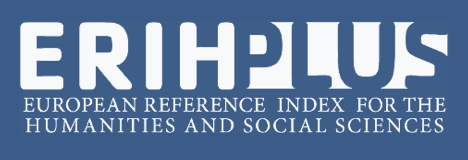Pre & Post-COVID Analysis of Calendar Anomaly and Behavior of Returns in Emerging Markets of ASIA
Abstract
This research investigates the day of the month’s effect on stock returns in emerging markets of Pakistan, India, and China in Pre and Post- Covid scenarios. The efficient market hypothesis is a dynamic subject matter that leads to investigating price randomness in the changing economic turmoil and recovery periods. For this purpose, daily data has been taken from yahoo finance for May 2017 to May 2022 for Pakistan, India, and China. The results revealed that in a Pre-COVID period, the highest return was found in November and the lowest returns were found in February for Pakistan, and highest average returns were found in July, and the lowest mean return was found in February; however, the highest mean returns found in January for China and lowest return was found in October. However, the volatility in return was highest in October for Pakistan and India, but for China, the results revealed the highest volatility in February. Post-COVID, the highest returns were found in September for Pakistan & China but for India in November. However, the lowest returns were found in March for Pakistan and India, but for China lowest returns were reported in December. Volatility remained high in December, March, and February for Pakistan, India, and China, respectively. It is concluded that a varying pattern of mean and variance exists in both regimes, and calendar anomaly prevails. The practical implication of this study is to provide an inside for arbitragers, hedgers, and market players on how to benefit from diversification during a crisis.

This work is licensed under a Creative Commons Attribution-NonCommercial 4.0 International License.













.jpg)








